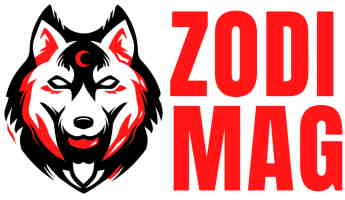The dairy sector is making a concerted effort to sell its products to the masses. It entices individuals with flavored milk and hands-on meals like string cheese, and it uses the appearance of nutrition to get people to buy these items.
However, no matter how many vitamins it is fortified with or what the regular advertisements claim, dairy is not healthy compared to the non-dairy milk alternative.
Dairy consumption in youngsters can cause acne and eczema, exacerbate asthma symptoms, and raise the risk of obesity and type 2 diabetes as they get older. It isn’t easy to persuade people to try anything new, and it’s even more challenging to take away a favorite food.
Health Risks Due To Milk Consumption:
- According to researchers, acne was 18 percent more common in adolescent boys who drank more than 2 cups of skim milk every day and 43 percent more common in teenage girls who drank more than 2 cups of skim milk every day.
- According to a recent pediatric study, cow’s milk is the most acute food allergy, causing more anaphylaxis hospital cases than peanuts.
- Bovine sex hormones, trans and saturated fats, carbohydrates that humans can’t digest, and proteins that are both extremely allergic and behave like opiates are all naturally present in cow’s milk.
- Cow’s milk intake throughout adolescence has been related to a threefold greater risk of developing prostate cancer.
- When 7-year-old boys were given skim milk for just one week, their insulin production more than doubled, raising their risk of type 2 diabetes.
What About Your Bones and Muscles?
While calcium and protein are necessary for developing strong bones and muscles, cow’s milk is not the finest source. Cow’s milk has a low bioavailability of calcium and high phosphorus content, and some believe that it can cause calcium resorption from the bones if taken in excess. Over time, this reabsorption may cause bones to become brittle. Milk also contains D-galactose, a chemical that causes oxidative stress and inflammation, and muscle and bone degeneration.
On the other hand, vegetables and fruits have been demonstrated to fortify bones. Many plant diets are high in bioavailable calcium. Almonds, kidney beans, tahini, and dark leafy greens provide more than 55% of bioavailable calcium.
This implies that, while certain plant-based foods have less calcium than cow’s milk, the body’s ability to absorb is significantly more. For example, one and a half cups of kale have the same bioavailable calcium as one cup of cow’s milk. Add the kale to a delicious smoothie, and you will love it.
Cow’s milk has no nutritional value, according to expert dieticians. Adult human beings are the only mammals who consume milk from another animal. Calcium and protein, found in milk, are readily available in plant-based diets.
Nutritional Importance of Non-Dairy Alternatives:
- Oat milk is less calorie-dense than cow milk. Other low-calorie milk includes almond, rice, coconut, hemp, and cashew milk.
- Almond milk and coconut milk have only 76-38 percent of the fat compared to cow milk.
- Oat milk and cashew milk have less sugar (13g and 12g) content than cow’s milk (18 g).
- Almond milk has a significantly lower salt content (14 mg) than dairy milk (103 mg).
- The potassium content of pea protein milk (445 mg) is higher than that of cow milk (320 mg).
- Almonds (558 mg), pea (562 mg), and flaxseed milk (565 mg) contain more calcium than cow milk (490 mg).
Summing Up:
Whether you’re lactose-intolerant or vegan, non-dairy substitutes can provide you with excellent nourishment and a variety of flavors to keep things interesting. Switching to a non-dairy milk alternative can also protect you against the medical conditions that dairy products can cause.
With the numerous alternative options available nowadays, grocery store shelves may feel a little daunting. As customers grow more aware of your preferences for non-dairy alternatives, products should match the need for nutrition and should be an inexpensive alternative.

0 comments